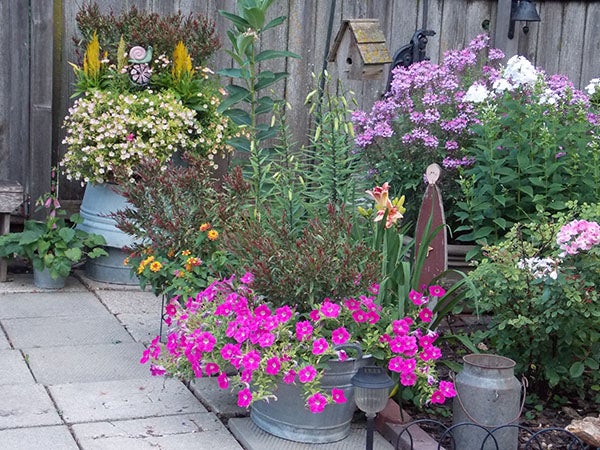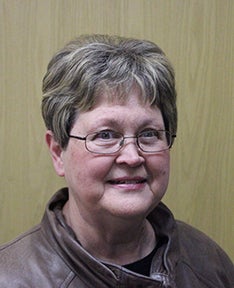Mother nature spreads beautiful colors
Published 8:00 am Sunday, March 2, 2014
This morning as I walked around the trails my husband has made with the snowblower, I was reminded of how much the gardens will have changed when the snow melts. Having taken garden No. 2 totally apart last fall and moving the ‘Pinky Winky’ hydrangea to the center of this garden, the only remnant of the former garden is two grape daylilies. Even the wren house on the shepherds hook has been moved to another garden. This will be a blank slate for me to add annuals for lots of color to invite more butterflies and hummingbirds to this small garden.
The fact that my gardens are ever-changing and never finished is what makes me so excited when spring arrives and the first green leaves of plants emerge. Mother nature is in her glory when she takes seeds from annuals and spreads them around in the gardens to her own liking. I never know where the annual and Shirley poppies will appear. Usually I just leave them and the color scheme seems to always work out nicely. Many of the perennials also set out their seeds into the gardens and Tiger lilies have moved from garden No. 1 to the oval garden over the years.
With each new gardening season I have the opportunity to include new annuals, perennials and shrubs to the mixture where I want them to grow but it seems that Mother Nature does a better job of mixing everything up than I could possibly do. In the front garden, the Tiarella spread by underground runners slowly to add more of them to this shady garden. This is a favorite plant of mine and one that I would welcome a few more of unlike the wild violets that seem to multiply right in front of my eyes. In early spring, the Virginia bluebells highlight the oval garden with their beautiful light blue colors and over the years they have slowly crept from the west side of the garden to the middle of the garden by dropping their seeds in the fall and with the wind scattering them around they have increased to a sizeable patch for me to enjoy.
How will the changes I have made in garden No. 2 look? On the south side of this garden is a brick pathway where containers of lantana, petunia, heliotrope and other colorful annuals are planted in containers that attract butterflies. Directly behind the small garden is a large planter where I always have Senorita Roselita cleome planted, but I was thinking of moving that container elsewhere, possibly on the patio on the west side of the house for height and color. Standing against the gray fence is my double-decker planter that is ever so colorful and I am contemplating moving this planter under the small arbor on the north fence where I really need some color. Sometimes at night I can’t get to sleep because my mind seems to be working overtime on ideas for this area.Thank goodness I have hundreds of photos of the gardens from last year to look at for reference material as to what was planted where and what colors were used.
Another flower that loves to self-seed are the annual poppies and they always pop up in the most unexpected places it seems. Some gardeners consider all of these self-seeders to be pesky plants but I happen to love them and the excitement they add to the gardens. Last year the birds or squirrels planted a sunflower right next to the Victorian gazebo, which really was not a good place for it as all the flowers in this garden are in shades of pink and we all know sunflowers are a bright and sunny yellow. Well, this tiny seed grew into a very tall sunflower that reached the very top of the gazebo and it was filled with hundreds of beautiful yellow blooms. It brought me such pleasure to watch the goldfinch eating the seeds and other birds just perching on the strong branches that I am so glad I left this plant right where it came up. Did it look nice there, probably not, but it sure exceeded the pleasure scale for me.
The fact that a garden is never finished is probably the most often phrase uttered by a gardener. When I look at the photos of the gardens over the years and see how different they are from one year to the next I sometimes think I am looking at someone else’s gardens because they sure can be so totally different with the color scheme and plants used. I had such a difficult task picking out just one photo to use with this article so that you could see just what I am talking about with changes in the gardens so when I picked this photo I thought that I would do another article about garden No. 2 later in the season to show you just how much it changed.
Use your imagination but also let Mother Nature take her own course in making changes to your gardens and see just how exciting it is.
“If nothing ever changed, there’d be no butterflies.” — Author unknown
Carol Hegel Lang is an Albert Lea resident and local green thumb. Her email is carollang@charter.net.





